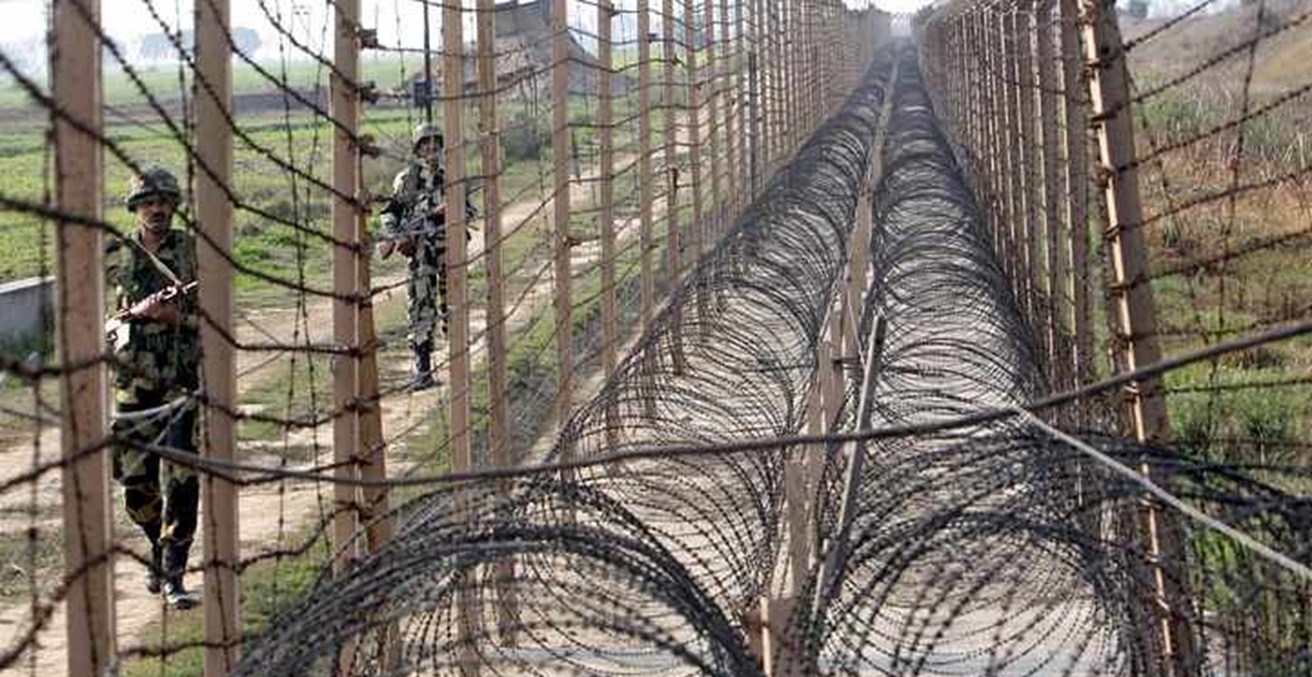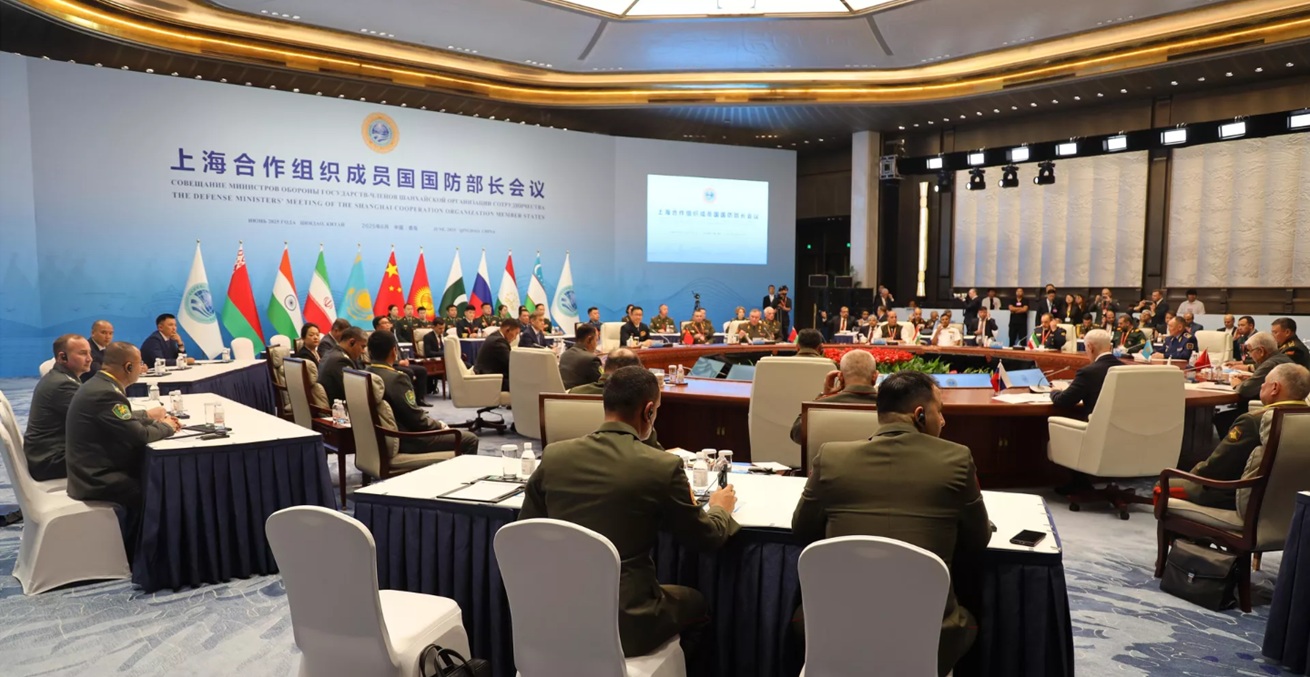The results of the German federal elections held on 28 February 2025 were quickly clear to everyone; now the traditionally major parties of the centre right (Christian Democratic Union and their Bavarian sister party the Christian Social Union: CDU/CSU) and the centre-left Social Democrats (SPD) are hard at work in the negotiations for a new, so-called “Great Coalition” between the two. These negotiations are being conducted with an unaccustomed sense of urgency.
Germany’s “Great Coalitions” are getting smaller. In the (then West German) Federal Republic in the 1980s, the centrist major parties gathered over 85% of the vote between them. In 2025, the former “people’s parties” gained just 45% of voters.
The election result was, first and foremost, a vote of no-confidence in the previous government, known as the “traffic-light” coalition—in the colour-coding applied to German political parties, this meant the Social Democrats (red), the neo-liberal Free Democratic Party (yellow), and the Greens (self-explanatory). For most of the term of that government, German economic growth stagnated, with the country spending most of the last three years on the verge of recession, and with only low growth of around 0.3% expected for this year. The “traffic-light” coalition was plagued by policy differences between the three parties, and by a widespread perception of weak and uninspiring leadership from Chancellor Olaf Scholz.
The Social Democrats fell to a historic low result of 16.4%, down from over 25% in 2021. Scholz is still caretaker Chancellor while coalition talks progress, but he is not expected to continue in the new government or in the party leadership. His Defence Minister, Oscar Pistorius, on the other hand, is expected to play a prominent role in the new government. Pistorius has been rated as the most popular politician in Germany, and there were voices in the SPD calling on Scholz to stand down in favour of Pistorius as candidate for these elections.
The Greens’ vote dropped 3%, down to 11.6%. The climate crisis has received less attention during this election campaign than migration-related issues and the state of the economy, with many on the right blaming the speed of the energy transition for Germany’s sluggish economic performance. On the other hand, the neo-liberal Free Democratic Party failed to reach the “5% hurdle” for representation in the federal parliament, with their vote-share dropping from 11.4% to a mere 4.3%. The FDP’s leader, Christian Lindner, was Finance Minister in the Scholz government until he engineered a conflict with his coalition partners over proposed loosening of the federal government’s constitutional limits on government debt. Lindner was dubbed “the man who broke Germany’s government” by the New York Times and was widely blamed for the political crisis that precipitated early elections, which would normally have been due next September.
The winners of the election were the CDU/CSU under their candidate for the chancellorship, Friedrich Merz, but it was still a mediocre performance for the party that has furnished chancellors in 52 of the republic’s just over 75 years, the party grouping’s second-worst result, in fact. The combined vote for the CDU/CSU was 28.6%, lower than predicted by most polls in the lead-up to the election, which gave Merz about 32% of the vote. At this point, one can only speculate whether Merz’s controversial parliamentary gambit a month before the election of putting up an anti-immigration bill that was supported by the far-right Alternative for Germany (AfD) cost him votes. This was widely seen as a breach of the so-called “fire-wall” – the consensus of democratic parties in Germany that they will not do any deals with the far right.
The far right were the second main winners of the election night – with 20.8%, they doubled their previous best performance in a federal election, although they have had better results in some state elections. This confers 152 seats on the AfD, and the status of the largest opposition party in the parliament, if the coalition between CDU/CSU and SPD comes into being. One reading of this result is that the German taboo against voting for the far right in national elections, which largely held until 2017 is fading as Germans with living memories of the Nazi period pass away. In a sense, Germany is conforming to a now “normal” pattern in European politics. The far right has long been part of the political spectrum in countries from France and Italy to Denmark, Hungary, and others, and is currently in governing coalitions in a number of European countries.
One of the remarkable aspects of the election result for the AfD is that the electoral map of Germany now almost exactly coincides with the historical Cold War division between East and West Germany, with the exception of Berlin, which has always been more left-wing than the rest of Germany. Another notable factor is the drift of blue-collar workers from the centre-left to the far right, also a Europe-wide phenomenon, as centre-left parties spent the best part of a generation committed to neo-liberal policies that left part of their own constituencies behind. The AfD also benefited from heavy publicity around migration issues, with a couple of high-profile violent crimes by persons with an immigrant background in the lead-up to the election.
The AfD result was widely expected. More surprising was the late surge in support for the Left Party, which a few months ago looked like disappearing from the federal political scene after an acrimonious split with one of the party’s former leading figures, Sahra Wagenknecht, whose new party combined hard-left economics with populist anti-immigrant positions, and a dose of personality cult. The Sahra Wagenknecht Alliance failed to reach the “5% hurdle”, while the Left Party gained a surprisingly strong 8.8%, a large improvement over its 2021 result.
The Left Party campaigned vigorously, especially among younger voters, and focused on economic issues in a campaign that was otherwise largely dominated by rhetoric on migration. The Left Party also seems to have been galvanised by the extraordinary interventions of US Vice-President J.D. Vance, who called for the AfD’s inclusion in government, and Elon Musk, who essentially campaigned online for the AfD.
These unprecedented interventions by the US administration in favour of the far right, and the even more recent public dressing-down of Ukrainian President Volodymyr Zelenskyy by Donald Trump and Vance, are now framing what might otherwise be a protracted haggle over ministries and policy priorities, as Friedrich Merz tries to form a new government coalition. Top of the priority list for the parties’ negotiators is the question of how to fund a significant increase in both German defence spending and support for Ukraine.
German politicians have had practice at coalitions. For the SPD, the junior partner role can be a poisoned chalice – they gain ministries and prominent roles for their leaders, but have to share responsibility for policies their voters may find unpalatable. Merz has made it clear he wants a rightward shift in economic policy, with deregulation and tax cuts for business. Furthermore, Merz did not participate in Angela Merkel’s coalition governments, preferring to leave politics for the private sector rather than share responsibility for her consensus-seeking form of politics. But Merz has been very frank about the fact that Germany, and Europe, face a risky environment between Trump and Putin, and the need for some kind of government of national unity will be acutely felt.
Andrew G. Bonnell is Professor of History at the University of Queensland, specialising in modern German history.
This article is published under a Creative Commons License and may be republished with attribution.




